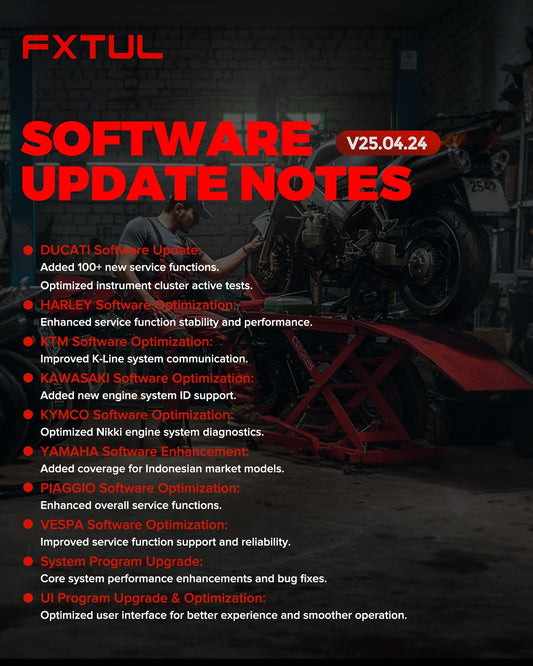A motorcycle helmet is a very important piece of equipment for a motorcyclist. It can protect the owner from a head injury. Most people don't pay attention to the production date or expiration date when they buy a motorcycle helmet. They buy it just because it looks good, but this is a very wrong approach. Several principles must be observed in the selection of helmets and their use. In particular, attention should be paid to the expiration date, as the protection will be reduced when the expiration date is exceeded. Although not food, motorcycle helmets do have a "shelf life" statement. So motorcycle helmets do expire. So how long is the motorcycle helmet lifespan? What should be a reasonable helmet expiry date?
How long are motorcycle helmets good for?
Most helmet manufacturers recommend that you replace your helmet after five years, such as Shoei, but some of the more stringent recommendations come from third-party motorcycle safety organizations that have nothing to do with helmet sales, such as the Motorcycle Safety Foundation, which recommends replacing your helmet once every three years. The "five-year replacement recommendation" is agreed upon by helmet manufacturers and the Snell Foundation: glues, resins and other materials used in the helmet manufacturing process can affect the internal materials of the helmet; head oils, sweat, cosmetics, and daily wear and tear can cause the helmet's performance to deteriorate; oily cleaners, spray paint, fuel and other materials that come into contact with the helmet daily can also affect the helmet. Other daily exposure to materials may also affect the helmet material, thus affecting its safety performance; at the same time, experience points out that every five years, due to the material, design, production methods, and safety standards of progress, new helmets will have a leap in functionality and safety. Therefore, between three to five years to replace a helmet is a rational choice.

When should you replace your motorcycle helmet?
Snell Foundation on wear and tear is quite vague, only a few times a year wear helmets and almost every day wearing helmets will cause wear and tear, but the degree of wear and tear is different between the two, to what degree of wear and tear we need to replace the helmet? The outer shell of the helmet will hardly be worn out because of wear and tear, easy to be lost part is the liner, comfortable lining, and fixed device. The liner is one of the most important safety parts of the helmet, taking on most of the responsibility for impact mitigation. The method to check the liner loss is relatively simple: almost all helmet manufacturers will spray the liner black, and remove the helmet comfort liner, the helmet's internal black foam layer is the liner. If you find that the black paint of the liner has fallen off, a cracking phenomenon or the liner is loose, it means that its wear and tear has reached its limit and needs to be replaced immediately. Comfort liner wear and tear is usually manifested as a loose, broken, stained, odor. If the helmet has not been in an accident or dropped, then replacing the liner may be the cheapest way to update the helmet.
The Snell Foundation has made it clear on its website that a helmet that has been certified as safe may not be affected unless it has been dropped for a long period, continuously, frequently, or at great speed, from great heights. Sliding off a motorcycle seat once or twice a day will hardly affect its safety performance and therefore does not require replacement. However, if it was motorcycle helmet after a crash, the helmet must be replaced immediately, regardless of whether there are signs of injury on the surface. This is because once the helmet is in a crash, with the head inside, its protective material will produce greater deformation, and its safety protection performance is sharply reduced and should no longer be trusted.

Helmet safety inspection
You should check your helmet regularly every few months. Check for yourself that the EPS padding is still properly attached to the shell; check that the fastening straps are not frayed, that the stitching is not loose or even coming loose from the helmet, and if your helmet has moving parts such as a visor or reversible chin bar, check that they are not loose. Another very important thing, is you need to check the shell carefully for debris and cracks. If there are any cracks, you should replace your helmet immediately, because that little crack could be an injury suffered in an accident and it could cause serious head injuries to the wearer.
Motorcycle helmet maintenance
Helmets are expensive, but they are essential safety equipment that will likely save your life in the unfortunate event of an accident. So it needs to be taken very well care of. Don't store it in the garage or shed, keep it at home on a warm, dry shelf. Don't put it in the sun by a window or in a hot car. Also do not use it as a storage tub for gloves, bandanas, keys, or any other items you can think of. These items may damage the inner layer. Clean the shell from time to time with a mild detergent (such as baby shampoo, warm water, and a soft cloth). Usually, the inner padding and comfort liner is removable and washable. If your helmet liner is removable and washable, it's worth doing a few times a year. Especially if you ride a lot. Keeping the visor/shell free of dirt, water and bugs will help it last.




